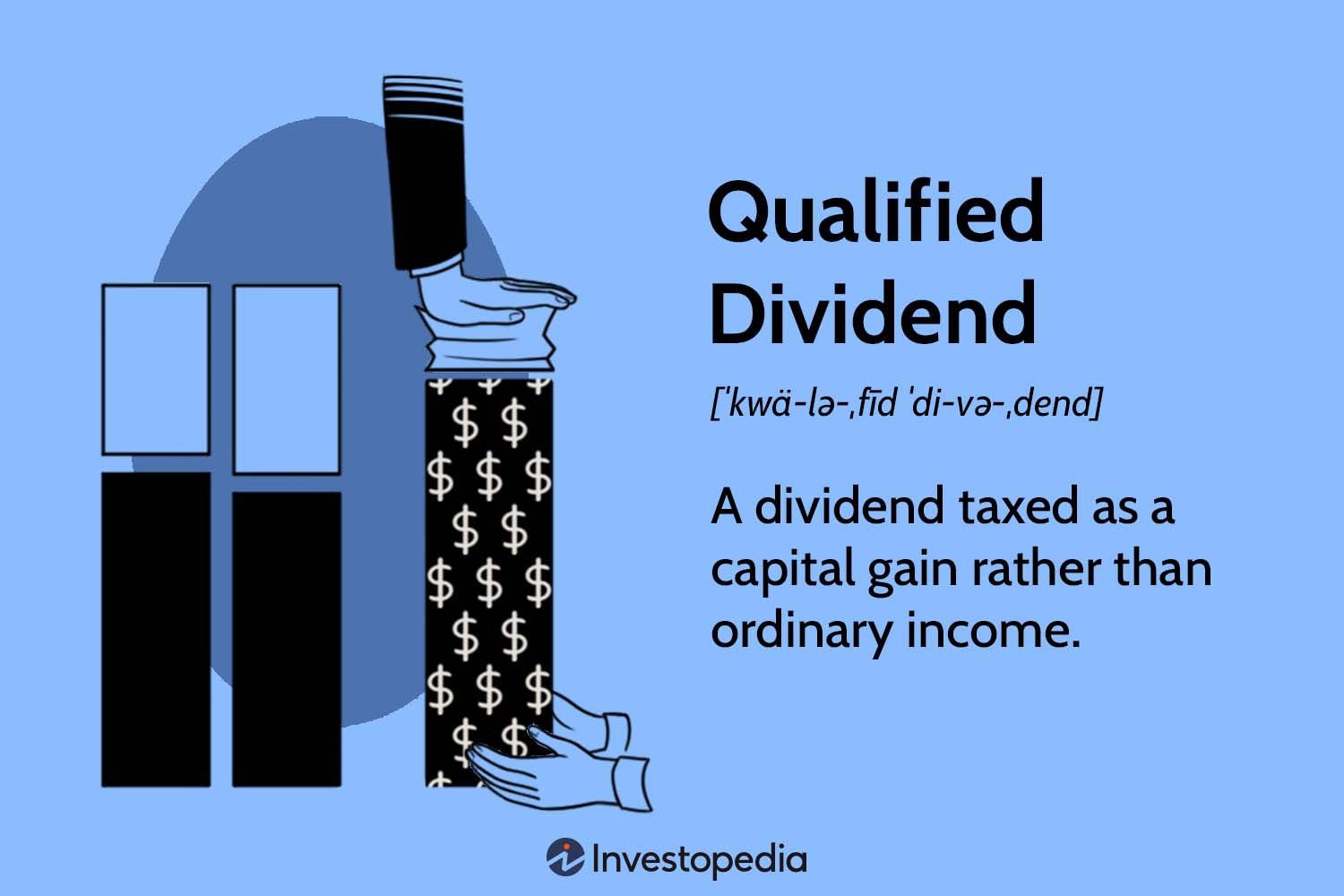Are you interested in understanding the basics of annuity payments? Look no further! In this article, we will dive into the world of annuity payments and unravel the key concepts and mechanics behind them. Whether you’re a beginner eager to learn or someone looking to refresh your knowledge, this guide will provide you with a clear understanding of how annuity payments work. So let’s get started and explore this fascinating topic.
Understanding the Basics of Annuity Payments
Annuity payments are a popular financial tool that can provide individuals with a steady stream of income during their retirement years. Whether you’re planning for your future or looking to diversify your investment portfolio, it’s essential to understand the basics of annuity payments to make informed decisions about your financial well-being. In this article, we will explore the various types of annuities, how annuity payments are calculated, the benefits and drawbacks, and important considerations to keep in mind.
Types of Annuities
Before diving into the specifics of annuity payments, it’s crucial to have a clear understanding of the different types of annuities available. There are three primary categories of annuities:
1. Fixed Annuities: With a fixed annuity, you receive a guaranteed rate of return on your investment. The insurance company managing the annuity invests your money, typically in low-risk assets such as bonds. This guarantees a steady income stream, making fixed annuities an attractive option for individuals seeking stability and predictable cash flow.
2. Variable Annuities: Unlike fixed annuities, variable annuities allow you to invest in a variety of funds, such as stocks and bonds. The return on your investment is not guaranteed and fluctuates based on market performance. While variable annuities carry more risk, they also offer the potential for higher returns.
3. Indexed Annuities: Indexed annuities combine elements of both fixed and variable annuities. The interest rate earned on the investment is tied to a specific market index, such as the S&P 500. Indexed annuities offer the potential for higher returns compared to fixed annuities, while also providing some level of protection against market downturns.
Calculating Annuity Payments
Annuity payments are typically calculated using various factors, including the initial investment amount, the interest rate, and the payout period. While the exact formula may vary depending on the type of annuity, the following components are generally considered:
1. Principal Investment: The initial amount you contribute to the annuity is known as the principal investment. This sum forms the basis for calculating the future annuity payments.
2. Interest Rate: Annuities earn interest over time, and the interest rate determines how quickly your investment grows. Fixed annuities have a predetermined interest rate, while variable and indexed annuities fluctuate based on market performance.
3. Payout Period: The length of time over which annuity payments will be made is known as the payout period. This can be a specific number of years or even throughout your lifetime.
4. Payment Frequency: Annuity payments can be scheduled to occur monthly, quarterly, annually, or in other intervals. The payment frequency impacts the overall payout amount.
Benefits and Drawbacks of Annuity Payments
Like any financial product, annuity payments come with their own set of advantages and disadvantages. Understanding these can help you determine if annuities are the right fit for your financial goals. Let’s explore some of the key benefits and drawbacks:
Benefits:
1. Guaranteed Income: Fixed annuities offer a guaranteed income stream, providing financial security during retirement.
2. Tax-Deferred Growth: Annuities allow your investment to grow on a tax-deferred basis, meaning you won’t pay taxes on the earnings until you withdraw the funds.
3. Protection Against Market Volatility: Fixed and indexed annuities provide protection against market volatility, ensuring a stable income regardless of market fluctuations.
Drawbacks:
1. Limited Liquidity: Annuities often have withdrawal restrictions, such as surrender charges or penalties for early withdrawals. This limits your access to the funds in case of emergencies.
2. Fees and Expenses: Annuities may involve various fees and expenses, including administrative fees, mortality and expense charges, and investment management fees. These costs can eat into your returns.
3. Lack of Flexibility: Once you commit to an annuity, it’s challenging to make changes or access your funds without incurring penalties or surrender charges.
Considerations When Choosing Annuities
When considering annuities, it’s crucial to keep a few important factors in mind to make an informed decision:
1. Financial Goals: Evaluate your financial goals and determine if annuities align with your long-term objectives. Consider whether you prioritize stability, growth potential, or flexibility.
2. Risk Tolerance: Assess your risk tolerance before choosing between fixed, variable, or indexed annuities. If you’re comfortable with market fluctuations, you may opt for variable annuities for potentially higher returns.
3. Retirement Income Planning: Annuities often play a significant role in retirement income planning. Consider how annuity payments fit into your overall retirement strategy and whether they can provide the income you need.
4. Shop Around: Before committing to an annuity, compare offerings from different insurance companies. Look for competitive rates, low fees, and strong financial stability.
In conclusion, understanding the basics of annuity payments is crucial for anyone considering this financial tool. By familiarizing yourself with the different types of annuities, how annuity payments are calculated, and the associated benefits and drawbacks, you can make informed decisions that align with your financial goals and retirement planning. Remember to carefully evaluate your options, consult with a financial advisor if needed, and choose annuities that suit your unique circumstances.
What Is An Annuity And How Does It Work?
Frequently Asked Questions
Understanding the Basics of Annuity Payments
What is an annuity payment?
An annuity payment refers to a series of regular payments made to an individual over a specified period of time. It is typically used as a tool for retirement planning and income generation.
How does an annuity payment work?
Annuity payments are set up by an individual or entity, such as an insurance company, to provide a guaranteed income stream. The annuitant invests a lump sum or makes regular payments into the annuity, and in return, they receive regular payments over a predetermined period.
What are the different types of annuity payments?
There are primarily two types of annuity payments: immediate and deferred annuities. Immediate annuities start making payments shortly after the initial investment, while deferred annuities have a waiting period before the payments begin.
What factors determine the amount of an annuity payment?
Several factors affect the amount of an annuity payment, including the initial investment amount, the length of the payment period, the annuity’s interest rate, and any applicable fees or charges.
Can I receive annuity payments for the rest of my life?
Yes, it is possible to set up an annuity payment that continues for the annuitant’s lifetime. Such annuities are known as life annuities and provide a steady income stream to help cover living expenses during retirement.
What happens to the remaining annuity payments if the annuitant passes away?
The treatment of remaining annuity payments upon the annuitant’s death depends on the terms of the annuity contract. In some cases, the remaining payments may be transferred to a designated beneficiary, while in others, they may cease entirely.
Are annuity payments taxable?
Yes, annuity payments are generally subject to income tax. The tax treatment depends on various factors such as the type of annuity, the annuitant’s age, and the source of funds used to purchase the annuity.
Can I sell my annuity payments?
Yes, it is possible to sell your annuity payments through a process known as annuity factoring or structured settlement factoring. However, it is crucial to carefully consider the financial implications and seek advice from professionals before making such a decision.
Final Thoughts
Understanding the basics of annuity payments is essential for anyone looking to secure their financial future. An annuity provides a steady stream of income over a specific period, ensuring a regular payout for the investor. By grasping how annuity payments work, individuals can make informed decisions about their investments. Annuities can be fixed or variable, offering different levels of risk and return. Investors should consider their financial goals, risk tolerance, and investment time frame before choosing an annuity. With this understanding, individuals can navigate the complex world of annuity payments and make sound financial choices for their future.



